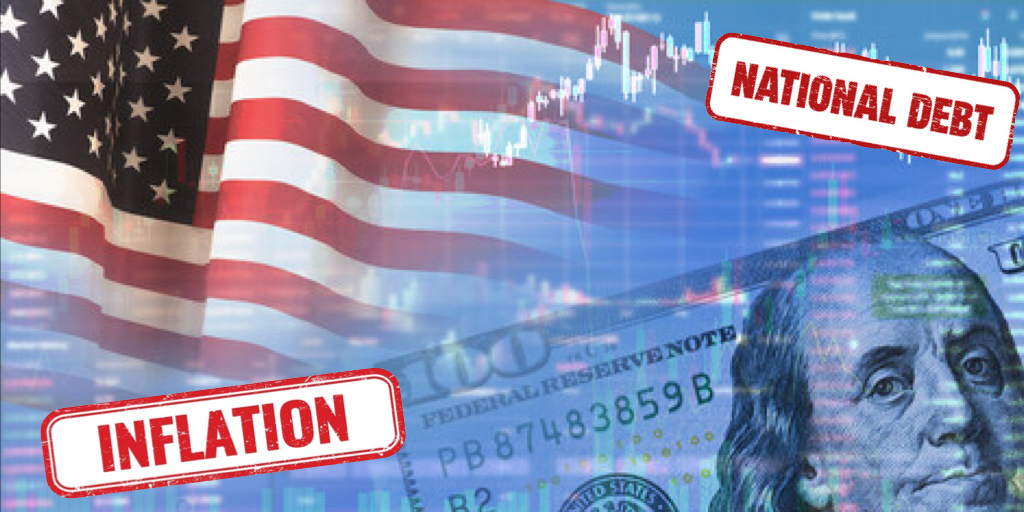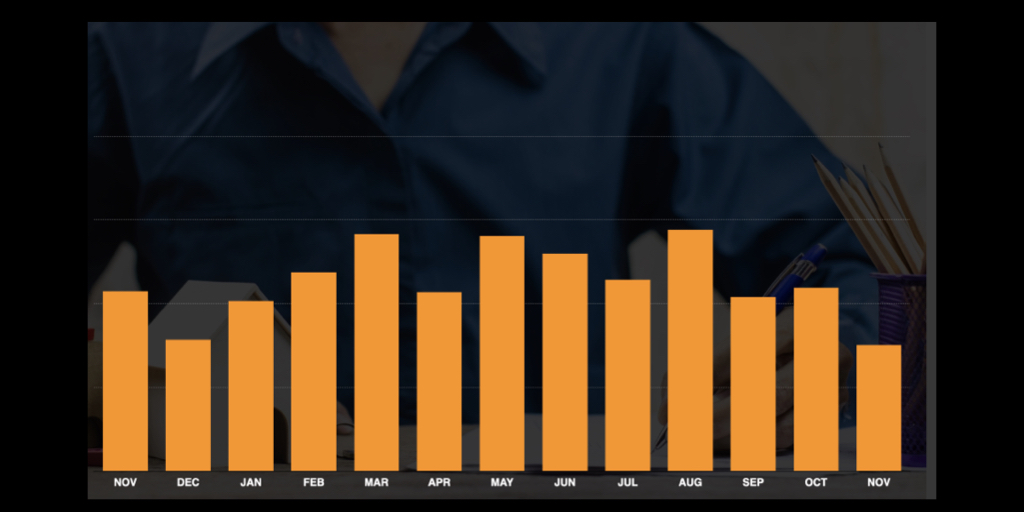The economic forces that will shape HECM lending in 2024
Recent economic news has been a mixed bag.
First, the good news. The U.S. gross domestic product or GDP increased at a 3.3% annualized rate in the fourth quarter of 2023 fueled in most part by consumer holiday spending. Regardless, the GDP has exceeded economist’s expectations.
The bad news is that January’s inflation report shows consumer prices rose 3.1% from one year ago pushing the Dow Jones Industrial Average down over 700 points last Tuesday closing down 525 points by the end of the day’s trading. The inflation report undermined investor expectations that the Federal Reserve would cut interest rates several times this year as early as spring. Higher than anticipated inflation also led the 10-year Treasury yield bo jump 15 basis points last Monday. But when investor confidence is low, bond prices increase and yields fall, as there is more demand for this safe investment.
Consequently, HECM professionals have seen a modest erosion of gross loan proceeds in the first weeks in February as higher expected rates reduced HECM principal limit factors. This comes after 10-year Constant Maturity Treasury rate fell from its high of 4.98% in mid October to a low of 3.79% by the end of December.
Yet larger economic forces are likely to present headwinds to any significant drop in treasury rates. The San Francisco Federal Reserve Bank’s report entitled The Long-Run Fiscal Outlook in the United States sounds the alarm on the national debt and it’s long-term impact on interest rates.
“The U.S. federal debt is now roughly as large as the country’s annual GDP. A high and rising ratio of debt to GDP not only raises government borrowing costs but also risks pushing up long-run interest rates”, says the report.
In addition, investors buying treasuries are likely to demand higher returns as federal spending continues to surge. The greater the perceived risk the higher the rate. Also 10-year treasuries expose the investor to long-term risks, chief among them inflation as the return on the investment could be lessened or even erased by inflation.
The last time our national debt was nearly as large as our nation’s GDP was at the end of World War II as a result of defense spending. The debt-to-GDP ratio fell steadily from over 100% in 1945 to a low of 25% by 1975 thanks to economic growth that exceeded our interest paid on the national debt. Without a significant reduction in interest rates it’s likely that the U.S. debt will continue to grow pushing the debt ratio even higher, that and both parties in Congress who continue to push federal spending to record highs.
This doesn’t mean that treasury rates won’t retreat this year, however, there are considerable hurdles to any sizable reduction in the 10-year Treasury rates due to current market conditions. That said, we continue to see modest fluctuations in rates with future releases economic data.
.







 HSom
HSom